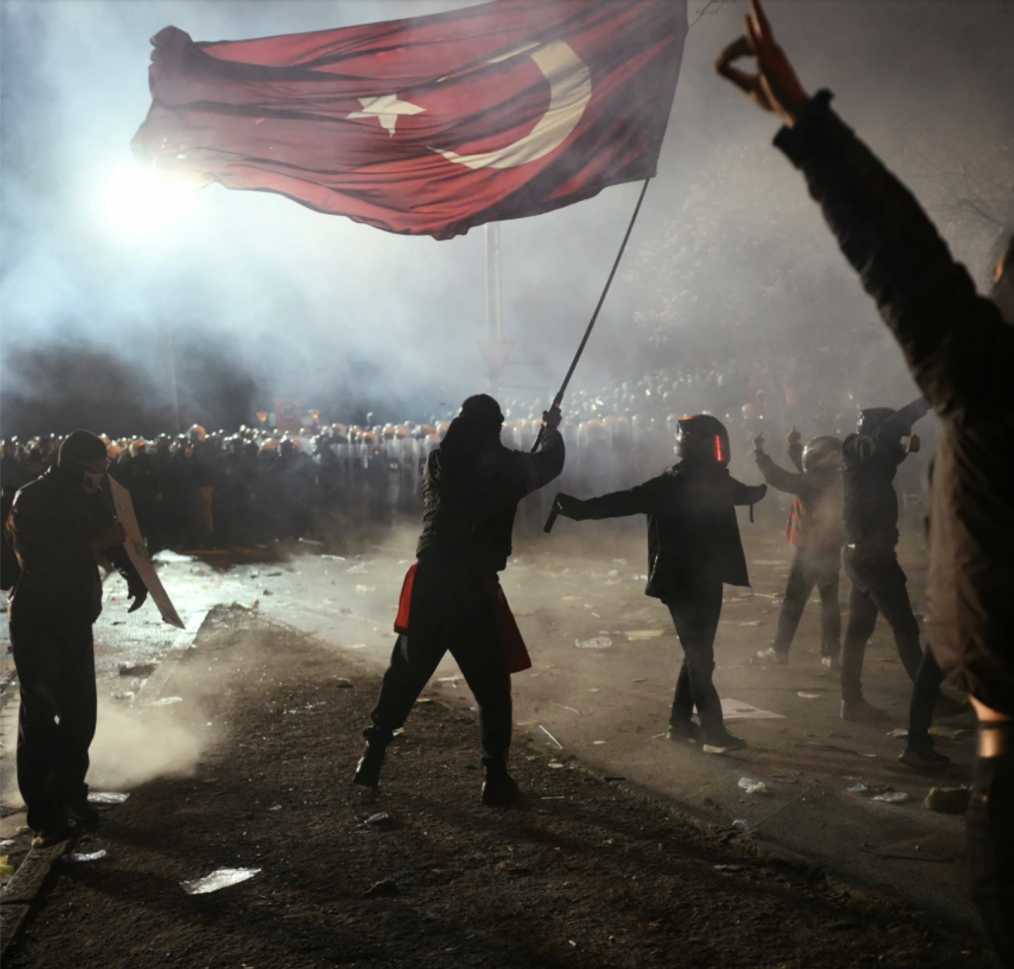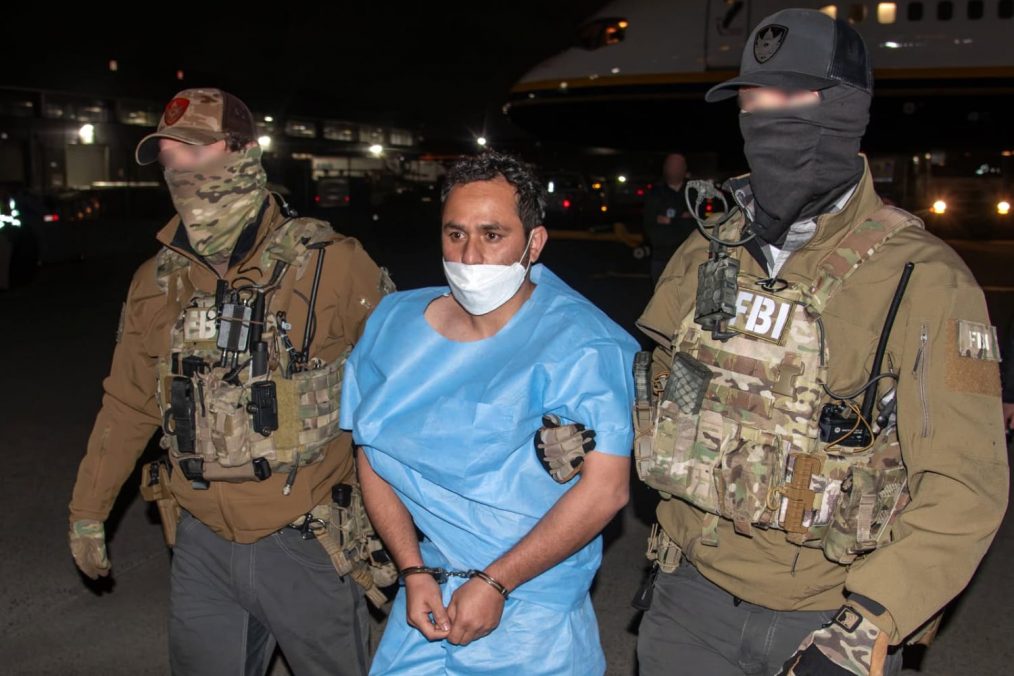In his recent essay, online extremism researcher Joshua Citarella sketches one of the new psycho-political cartographies of our time: a theory of how the internet no longer merely hosts extremism but actively incubates, mutates, and weaponizes it. His model of online radicalisation, one that emerges from self-directed isolation, deep cognitive immersion, and ideological bricolage, resonates profoundly with what Rise to Peace has identified as the domain of Liminal Warfare: the weaponization of thresholds, ambiguity, and incomplete identity in modern conflict spaces.
Increasingly, the traditional models of threat assessment borne from old threat matrix’s which privilege hierarchical organizations, clear ideological movements, and structured recruitment are inadequate to describe the contemporary threat landscape. In Citarella’s vision, the world of online radicalisation has irreparably changed. Radicalisation today is decentralized, asynchronous, memetic, and most importantly, liminal. It primarily happens in the unstable interzones between identity, ideology, and action.
Citarella’s Model
Citarella proposes that radicalisation, at least in the West, often begins not from prior ideological conviction, but from the condition of existential boredom, social/economic alienation, and exploration. A young person, often socially isolated and politically disenchanted, stumbles into online subcultures while seeking meaning, excitement, or community. They begin to scroll; into gaming forums, irony-poisoned meme pages, “political compass” esoterica, survivalist groups, and ideological echo chambers.
What matters is not a coherent doctrine, but the immersive ritual of searching itself. Platforms that favour algorithmic serendipity (TikTok, YouTube, Reddit) reinforce a pattern of escalating extremity, either through exposure to increasingly niche ideologies or by creating a pseudo-gamified environment where ideological commitment becomes performative currency. Politics becomes the hobby to end all hobbies. In this schema, most individuals never stabilize, instead drifting aimlessly and incoherently from one ideology to the next. They collage incompatible belief systems – eco-fascism one month, anarcho-primitivism the next, post-left accelerationism shortly after, creating an identity formation that is non-linear, recursive, and radically unstable. It is a process that could aptly be described as ‘liminal radicalisation’; the process of radicalisation itself is continuous and disaggregated, with no clear destination in mind.
The Political Economy of Alienation
What Joshua Citarella names as online radicalisation is, in fact, better understood as an emergent symptom of the wider economic decomposition and austerity that has driven radicalisation from the USA to Europe. Beneath the memetic ironies and aesthetic subcultures, beneath even the performative hatred, what one finds is a generation economically stranded and structurally abandoned. These are not natural ideologues – rather, they are young people who feel the burden of a collapsing horizon, where the prospect of an attainable middle-class life has disappeared as material circumstances decline.
In this sense, the online radicalisation pipeline is not ideological in its origins, but material. The typical subject is downwardly mobile, debt-strapped, and shut out of every traditional rite of social mobility: property, partnership, stability, meaning. Where civic institutions, societal inclusion and careers once were, they are confronted instead with deindustrialisation, economic alienation and precarity. Their beliefs are downstream from their estrangement. Liberal democracies, unable or unwilling to address the foundational material crises of our time in housing shortages, wage stagnation, job insecurity and the erosion of public life, have instead left a vacuum into which this new ecology has rushed. It is precisely this vacuum that provides such fertile ground for the blossoming of new, discordant political radicalisation amongst the disaffected online.
Radicalisation as Ritual, Not Recruitment
What Citarella outlines aligns precisely with what we at Rise to Peace conceptualize as the liminal domain of contemporary conflict. Liminality describes the in-between state: the adolescent undergoing a rite of passage, the refugee severed from homeland, the online user between algorithms and reality. In warfare, the liminal is where traditional rules of engagement dissolve, replaced by new architectures of influence, disorientation, and emotional capture. Crucially, Liminal Warfare weaponizes affect before ideology. It seeks to keep populations in a suspended state of insecurity, overstimulation, and yearning, thus rendering them perpetually vulnerable to new vectors of control, recruitment, or activation. Radicalization, under these conditions, is no longer a matter of persuasive argument or charismatic leadership, but rather the ambient result of prolonged cognitive dislocation.
The Liminal Agent
How can we position this new pipeline of online radicalisation? Doing so requires designating a new actor in the matrix of terror and radicalisation: The Liminal Agent. These are individuals or small cells who do not adhere to conventional organizational structures, but whose radicalization journey makes them latent nodes of potential disruption.
They often exhibit the following features:
- Non-linear ideological trajectories (far-right to eco-terrorism to esoteric nihilism within months).
- Memetic accelerationism (using memes not merely as propaganda but as a form of psychological conditioning).
- Fluid affiliations (no loyalty to any single group, cause, or doctrine).
- Stochastic violence potential (low predictability of timing, targets, or methods).
Citarella’s model gives empirical substance to this theory. The emerging radical does not require recruitment, as they radicalize through participation. They do not need ideological discipline, as they need only the internet and its ideological input. This is a battlefield of perpetual pre-recruitment, where being “in play” is more important than belonging.
Implications for Counter-Radicalization
The classic counterterrorism model – disrupt leadership nodes, monitor recruitment pipelines, disrupt communication channels – struggles to address this reality. How do you intercept a process without a recruiter? How do you “deradicalize” someone who has never fully radicalized to begin with, but exists in a permanent state of cognitive threshold-crossing?
Such implications require three necessary shifts:
- Intervention at the Affective Level: Programs must target emotional needs (belonging, agency, recognition) rather than merely correcting disinformation or promoting tolerance.
- Narrative Counter-Liminality: Instead of offering fixed counter-narratives, interventions must provide adaptive narrative scaffolding; ways to help individuals navigate uncertainty without collapsing into extremism.
- Liminal Early Warning Systems: Indicators of drift (increased engagement with irony-laden extremist memes, withdrawal from non-digital communities, pattern acceleration) must be mapped and monitored, not just explicit pledges of allegiance.
This, however, represents only an intervention at the level of symptoms. The frameworks proposed here; narrative scaffolding, affective early warning systems, memetic analysis, can only help us insofar as they map the terrain of liminal radicalisation, but they cannot on their own treat its cause. What Citarella’s model ultimately reveals, and what we must refuse to obscure, is that online extremism today is less a question of ideology than of material infrastructure – social, economic, and psychological. It is not born from belief but from absence: the absence of economic security, of community, of a shared future. This absence collapses the very ideological architectures that once made radicalisation intelligible and coherent, and much more is required to be done and researched about this new pipeline of radicalisation that has emerged online if governments and civil society have any hope to limit the spread of its contagion.
Etienne Darcas, Counter-Terror Research Fellow and Media & Terror Program Lead, Rise to Peace









